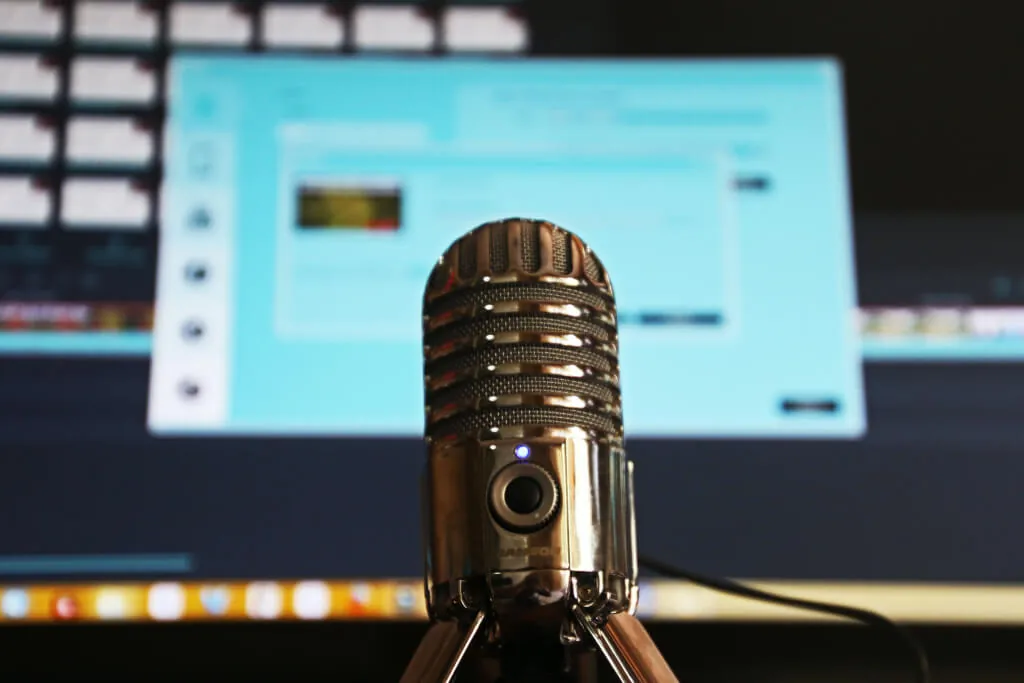How To Lower Audio Description Production Time & Costs
Audio description is an essential component for ensuring videos are accessible to all your viewers.
However, the traditional audio description workflow is complex and costly, making it difficult to stick to quotas and budgets. This is why media companies should look to new technology to streamline processes and lower their production costs.

Okay, let’s cut to the chase: What’s the solution?
The short answer is digitalization and automation.
This doesn’t mean audio description writers and voice artists should be replaced by computers – far from it.
Instead, automation provides the answer for closing the huge gap in audio description availability, especially for low-budget productions and the web format.
Automation can also help media companies meet and surpass national quotas.
It’s simple: The current number of human audio describers cannot cope with the number of productions being made, let alone the 720,000 hours hours of footage being posted on YouTube every day.
Even if there were enough audio description professionals in the world, tight budgets and pressing deadlines make the pricey traditional workflow unfeasible.
So where does automation come into the audio description production process?
The largest costs surrounding audio description production usually lie at the recording stage, with voice artist, sound engineer, and studio fees to consider.
These costs can be circumvented using:
So time and costs are saved with recording and post-production. What about the writing stage?
Digitalizing and automating the production process also helps audio description writers.
- Live preview: Finding the right wording isn’t always easy, which is where text-to-speech technology can be a great help. The writer can listen to a preview of what they have written without having to record and play anything back.
- Less project management, less stress: No more back-and-forth between the writer and the client.
Let technology do the work. But you said earlier that humans wouldn’t be replaced with computers.
That’s right!
The idea is to provide a cost-friendly, reliable solution that’s compatible for budgets that can’t afford to create audio descriptions done the traditional way.
With unpredictable human factors out of the way, it is also easier to stick to tight production deadlines.
This makes automation through text to speech particularly useful for the increasingly popular web series format.
Generally speaking, media companies can get more audio descriptions produced within their budget and meet national quotas more comfortably.
This increases audio description availability, meaning the blind and visually impaired have access to more content.
What’s not to like?
That’s a lot to take in. Can you try to sum it up nicely?
Sure.
Automation and text-to-speech technology speed up the production process and lower costs by:
- helping the writer create the audio description transcript more efficiently
- eliminating the need for a voice-over artist to read out the transcript
- eliminating recording studio and sound engineer fees
- simplifying final delivery of the audio description in the right format
Speaking of budget…
Fixed costs for full control over your budget.
The biggest problem facing media companies is variable costs.
With so many varying human factors, total production costs can be difficult to establish.
Digitalizing and automating the production process removes this uncertainty, as turnaround times can be precisely calculated.
As a result, variable costs become reliable fixed costs.
Media companies can now budget accordingly, meet their quotas, and plan ahead for the future.
This all sounds great in theory. But does it work in practice?
Absolutely.
At VIDEO TO VOICE, we have developed solutions that incorporate text-to-speech technology to create high-quality audio descriptions efficiently and cost-effectively.
Last Update: 2021/05/04